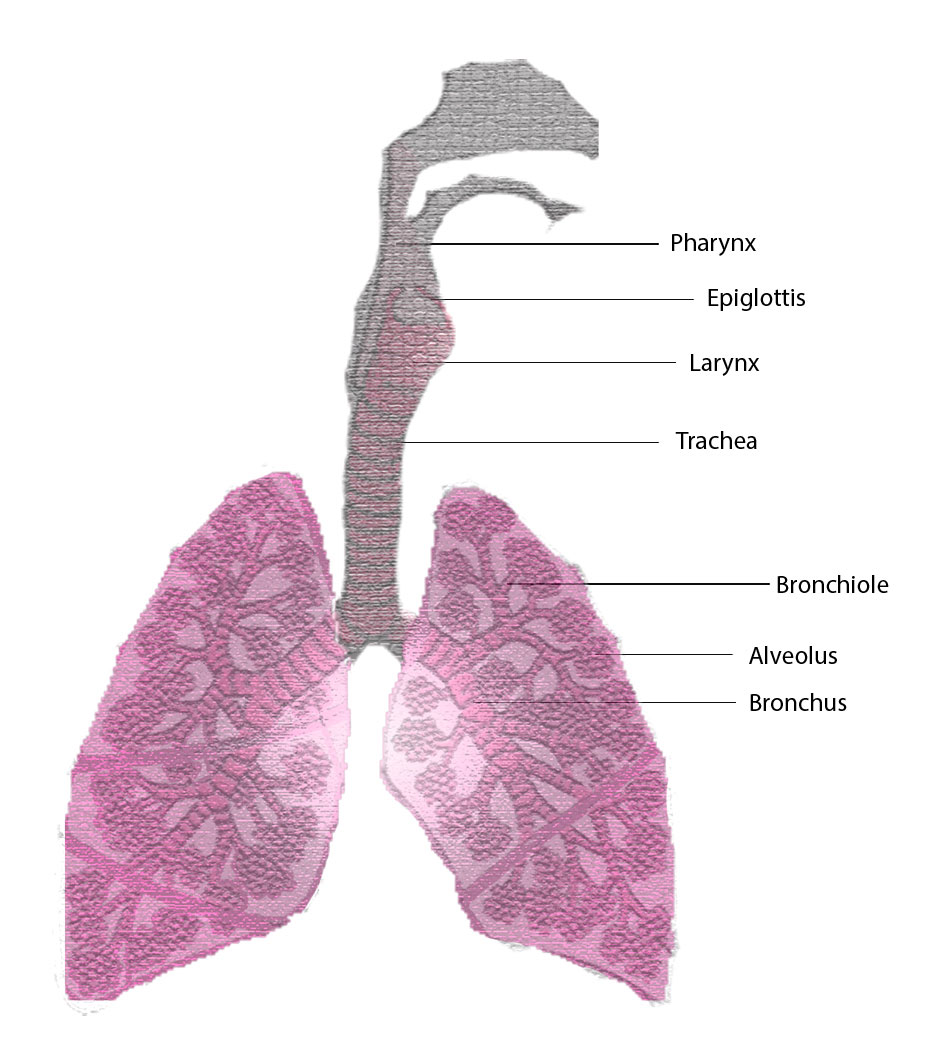What Is Asthma?
Asthma is a chronic lung disease that inflames and narrows the airways. During an asthmatic attack, a patient may experience wheezing (a whistling sound when you breathe), chest tightness, shortness of breath, and coughing. The coughing often occurs at night or early in the morning. Asthma can be a life-threatening disease if not properly managed.
What Causes Asthma?
While there is no known specific cause for asthma, what all people with asthma have in common is chronic airway inflammation. Their airways are highly sensitive to various triggers. When their airways come into contact with a trigger, the airways become inflamed (they fill with mucus, swell, and narrow). Then muscles within the airways contract, causing even further narrowing of the airways. This makes breathing difficult and results in an asthma attack.
What Triggers Asthma?
It is important to be aware of the things in your environment that tend to make asthma worse.
These factors vary from person to person. Common ones include the following :
- Respiratory infections and colds
- Exposure to tobacco smoke
- Allergic reactions to such allergens as pollen, mould, animal dander, feather, dust, food, and cockroaches
- Indoor and outdoor air pollutants, including ozone and particle pollution
- Exposure to cold air or sudden temperature change
- Excitement/stress
- Exercise
- Medications including aspirin and non steroidal anti-inflammatory drugs, such as Mefenamic acid (ponstan) or ibuprofen
When Should Someone Seek Medical Care?
If a person does have asthma, he or she will need to work out an action plan with the doctor in order to be prepared for an asthma attack. Anyone who feels acutely short of breath or feels that he or she may be in respiratory distress should immediately seek care in an emergency department. This is also true for people with asthma who feel their symptoms are worse than usual or are not responding to usual treatment.
Can Asthma Be Cured?
No, but asthma symptoms and attacks can improve with treatment. Patients who do not control their asthma usually develop more severe asthma over time. This can result in permanent airway damage (remodeling). The goal of asthma care is to achieve and maintain control of the symptoms and exacerbations for prolonged periods, in order to prevent most attacks, to avoid troublesome symptom, and to remain physically active.
What Are Medications For Asthma?
There are two types of asthma medications.
- Controller medications are for long-term control of persistent asthma. They help reduce the inflammation in the lungs that is behind asthma attacks. They should be taken every day whether someone is having symptoms or not. Controller medications include inhaled corticosteroids (the main type of medication) and leukotriene inhibitors. Example of medication : Beclomethasone, Budesonide, Fluticasone.
- Rescue medications are taken after an asthma attack has begun the relief symptoms and may stop the attack. They include beta-agonists and anticholinergics. Example of medication : Salbutamol, Terbutaline, Fenoterol, Ipratropium bromide (Atrovent).
For both controller and rescue inhaler medications to be effective, they need to be properly administered so that the medication can reach the deeper parts of the lungs where they are needed. It is important to receive teaching from a health-care provider in the correct use of handheld inhaler devices.
There are many types of inhaler devices. One of them is the metered dose inhaler (MDI). How To Use An MDI?
- Sit up or stand up straight
- Remove the cap from the mouthpiece
- Position the inhaler with the index finger on the top of the canister and the thumb below
- Shake the inhaler
- Inhale and exhale slowly and fully through the mouth
- Place the inhaler mouthpiece in the mouth. Close lips tightly around the mouthpiece. Tilt head back slightly
- Start to breathe in slowly and deeply through the mouthpiece, and as you breathe in, simultaneously press down on the inhaler canister with the index finger
- Continue to breathe in deeply and slowly and hold breath for 5-10 seconds (according to ability)
- Remove inhaler from mouth and exhale slowly through the nose without opening mouth
- Wait 1 minute before repeating the second dose
- Replace the cap after use
- Rinse the mouth after using an inhaled steroid
Can Asthma Attacks Be Prevented?
While asthma attacks may not always be able to be prevented, asthma can be managed.
- Avoiding triggers as much as possible is the best way to prevent asthma attacks
- Taking medications as directed is essential.
- People who have outdoor allergies should avoid outside activities when the pollen count or pollution index is high.
- For exercise-induced asthma, several things can help. Spending time warming up before starting strenuous activity and gradually cooling down afterward, avoiding activity during a respiratory tract infection and avoiding exertion in extremely cold weather may help prevent an asthma attack.
| Last reviewed | : | 26 April 2012 |
| Writer | : | Dr. Rohayah Abdullah |
| Accreditor | : | Dr. Jamalul Azizi b. Abdul Rahman |
| Reviewer | : | Dr. Norhaya Mohd Razali |








